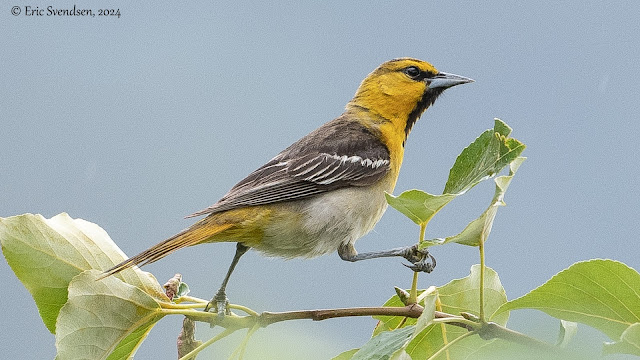Lorquin's admiral butterfly

There are few things as beautiful as a newly emerged butterfly. The perfect mirrored symmetry of the wings, the stained glass-like partitions filled with colour and often showing exquisite patterns, and the insect's remarkable head with antennae and curled proboscis all testify to something wonderful. Rarely do we take a moment to truly appreciate the wonder of it all as we take them for granted; after all, who hasn't seen a butterfly? The thing that I find most amazing is the transformation from caterpillar to butterfly. Although the larvae have their own kind of beauty, they rarely equal the majesty of the adults. In order for a caterpillar to metamorphose into a butterfly, the insect basically has to dissolve within the pupal chrysalis and reassemble into something totally foreign. The Transformers have nothing on these guys. The actual process is nothing short of miraculous. The larva's final moult produces a type of epidermis called a chrysalis, ...























